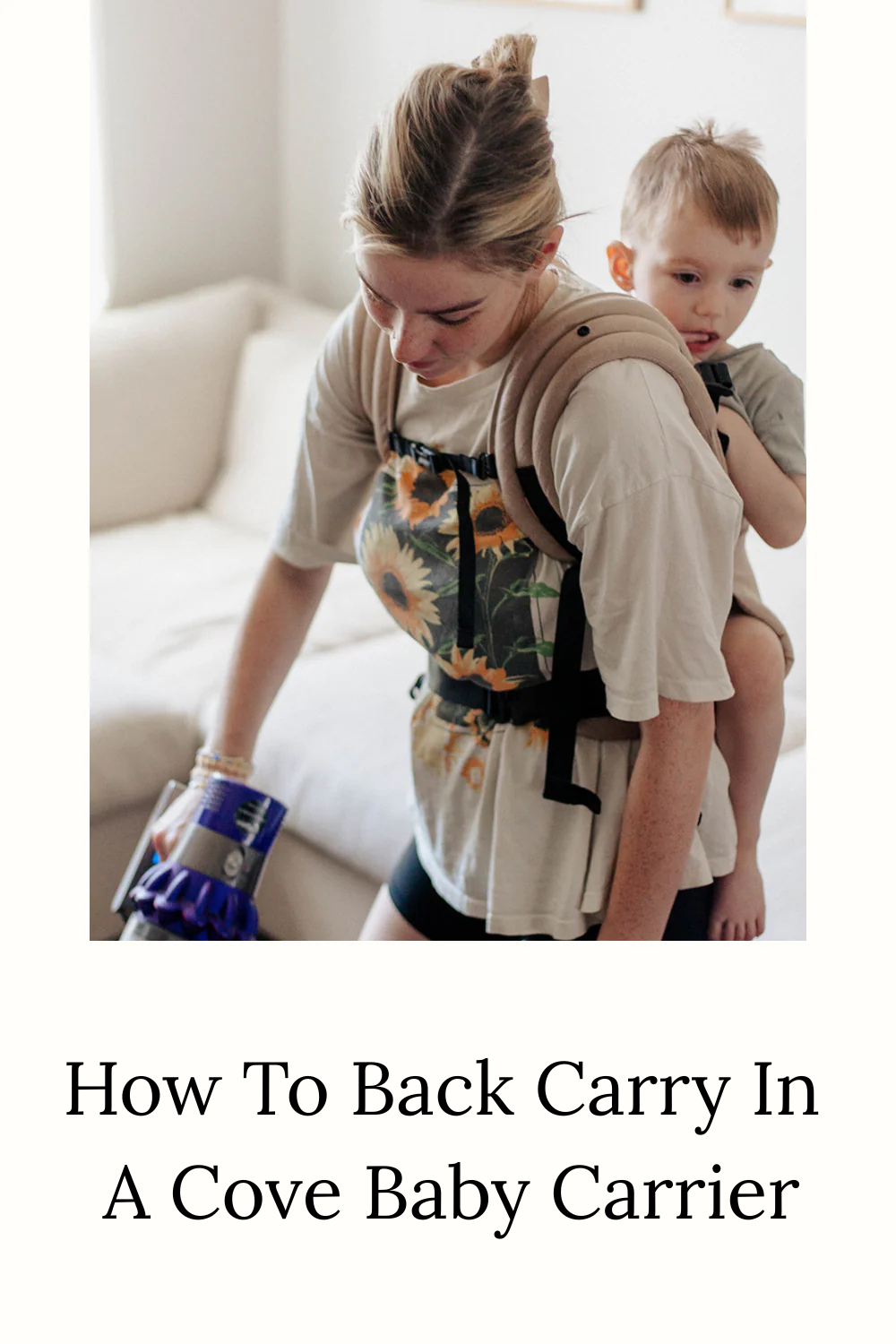Your hands are on your face and you can feel the tears, but you don’t remember crying. Truth is, you’ve been crying for days, as has your new baby.
This isn’t what new motherhood was supposed to be like. Why didn't anyone warn you? It was supposed to be cuddles and breastfeeding and embracing the mother warrior within. This just feels like torture.
What is colic?
Colic is no joke.Infant colic is severe, often fluctuating pain in the abdomen caused by intestinal gas or obstruction in the intestines. This condition affects as many as one in five babies, with rates in Canada being higher than the global average - as high as 34%.
Colic is characterized by crying that lasts more than three hours a day for more than three days a week. In practice, it’s oftena lot more crying than that. Add that to the sleepless nights and days, the intense postpartum hormones, and the enormous pressure surrounding new mothers, and you have a recipe for trouble.

Photo credit Eva Grace Photography
Worse, doctors don’t really know what colicis, what causes it, and if there are any underlying medical conditions. What they do know is that it usually starts around two to four weeks, and is usually diminished or gone by 16 weeks. It doesn’t sound like much, but that’s potentially 14 weeks to marathon your way through.
Sometimes all you need is a lifeline.
Take a deep breath and try these methods for easing and surviving colic:
- Call in reinforcements
Chances are, you’re exhausted. There’s no need to go it alone. Call family, friends, and trusted ones to help hold the baby and give you a breather. Even if it’s for a walk around the block, or a quick nap, you need to calm those nerves and clear your head. This is not being weak; there is strength in accepting help.
- Wear your baby
That’s huge. And it’s something I have experienced, and have heard anecdotally over and over. Using the Beluga Wrap is the magic tool (many times) to putting the fussiest baby to sleep. The key here is to practice wrapping while baby is calm, so that you don’t get flustered when they’re having a meltdown. Calmly place them into the wrap, make your shushing noise, and possibly go for a walk. Or vacuum (seriously). Watch the magic happen.

Photo credit Erin Fraser Photography
- White noise
More on that 'shushing'. Did you know that from the inside, your blood being pumped through your arteries and veins sounds like a “shoosh shoosh shoosh” sound? That’s why shushing, or white noise of any kind, is incredibly soothing for babies, especially those in the first three months postpartum (the fourth trimester).
- Check your latch, or use an anti-colic bottle
Some experts say that colic is caused by stomach or intestinal discomfort, often from gulping air while drinking milk. If you’re breastfeeding, it might be useful to get your latch checked by a lactation consultant, midwife or nurse. If you’re using a bottle, there are some excellent anti-colic options availableout there that reduce the amount of air your baby gulps.

- Swaddling
While swaddling may incite more cries initially (while you’re getting baby wrapped up), the gentle pressure from all sides, and the fact their their arms can’t flail out and startle them, will have a calming effect for most babies. This works especially well in conjunction with other soothing techniques, like white noise.
- Keep a routine
Babies enjoy routine from a young age. While there’s no need for a strict schedule, little routines like feed, change, swaddle, shush, sleep can help lull baby into a relaxed state.
- Go for a car ride
This is hit or miss, depending on what your baby likes, but many parents swear by a twenty minute car ride to lull their little one down for a nap in the carseat. Of course, if you have a baby who HATED the car with a passion like mine did, this tip isn’t for you.
- Try a probiotic
Experts guess that a lack of sufficient gut bacteria in newborns may contribute to colic. Introducing a good bacteria into your baby’s digestive system via a baby probiotic may reduce crying and incidences of colic. Always consult a doctor.
- See a doctor
If you are ever unsure of how your baby is feeling, or wondering about whether your baby’s behaviour is normal, don’t be afraid to visit your doctor or paediatrician. They’ll be able to put your mind at ease and ensure there isn’t a serious underlying issue causing your baby’s distress.
- Take a break
Colic isintense. It’s unrelenting, exhausting, and sad. You - new parent with your head in your hands- I see you. Mama holding your baby and rocking and shushing with tears streaming down your face. I see you.
Take a break.
Put your baby down in a safe place. In their crib or buckled into their swing, and go into another room for five or ten minutes. You’re doing great. Your baby knows you love them. Your baby loves you. And you are not alone.
Take a deep breath. You arenot alone.







Shara
January 29, 2017
Thank you for this great post! It’s a terrible feeling when your baby is crying and you can’t figure out what’s wrong after trying everything. It’s helpful knowing others have gone through the same because sometimes you feel so alone when experiencing it like something is really wrong with your baby! But in time they WILL grow out of it!